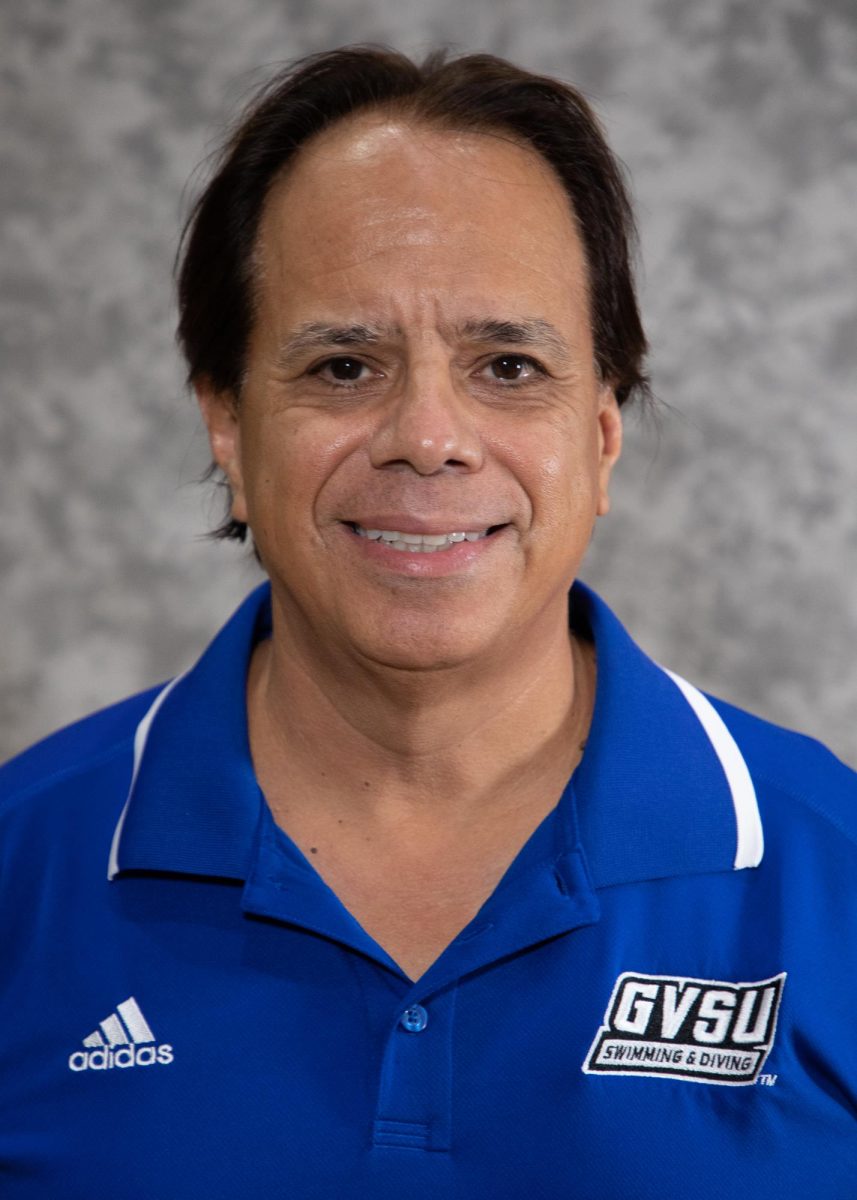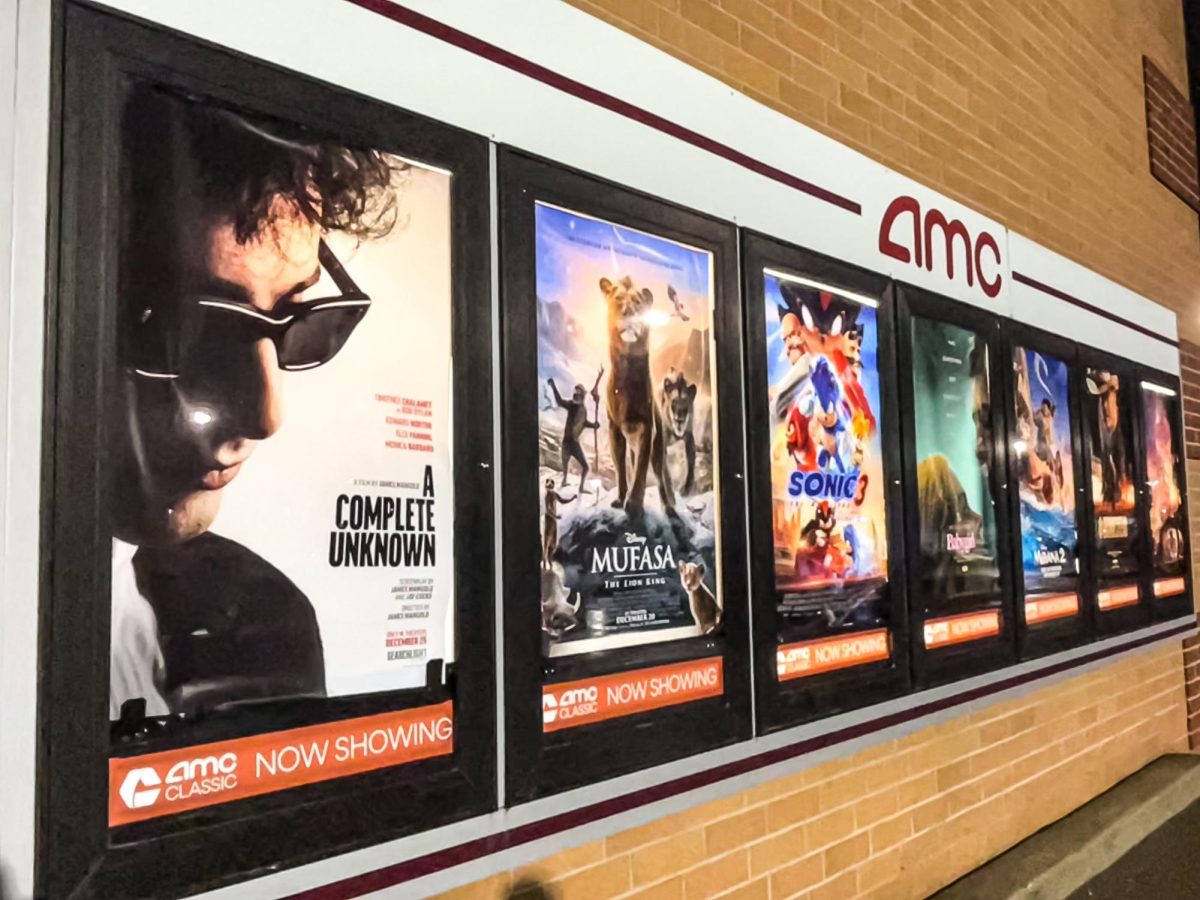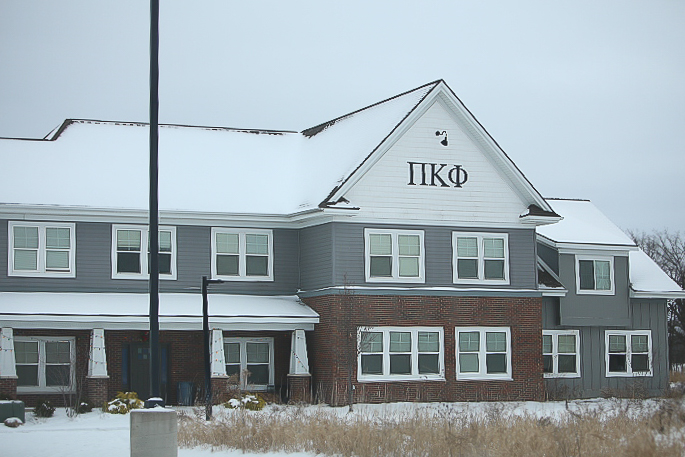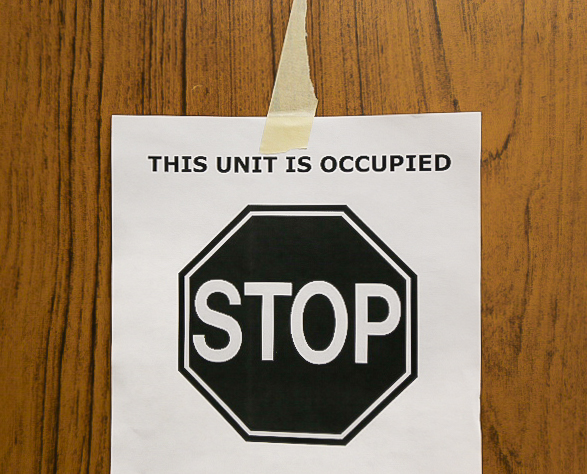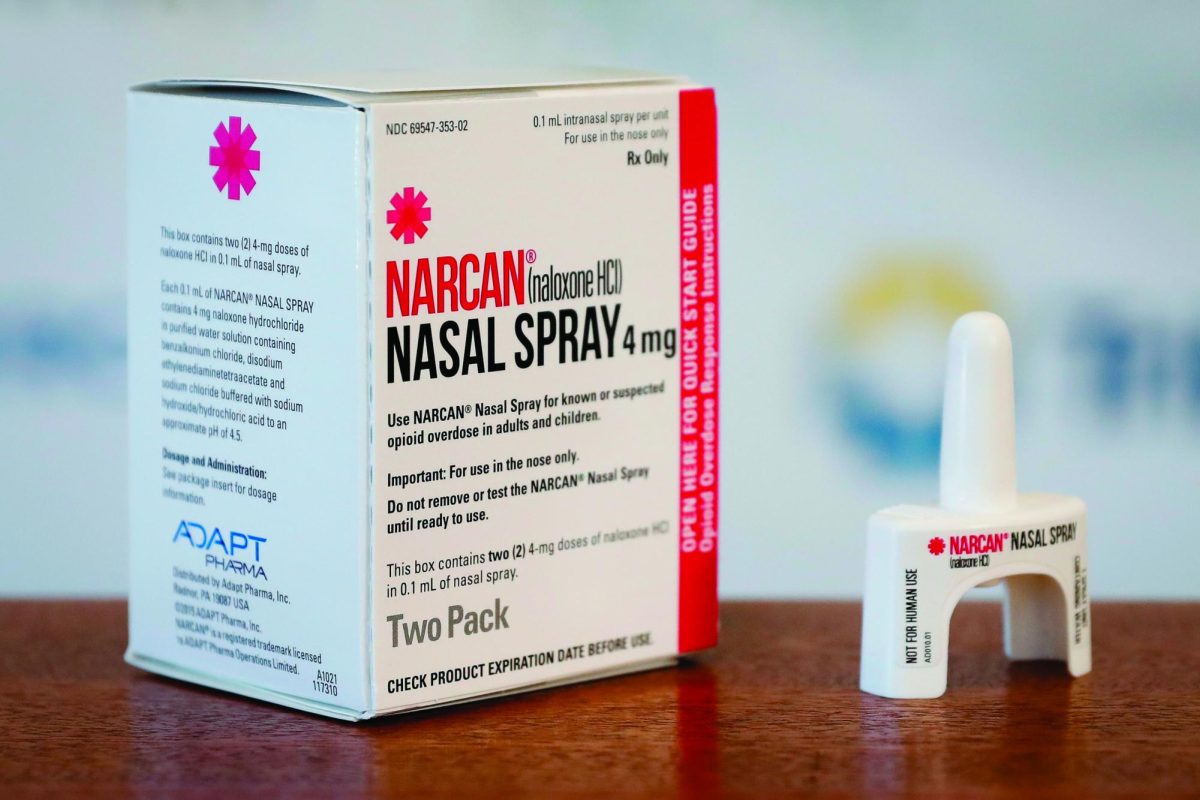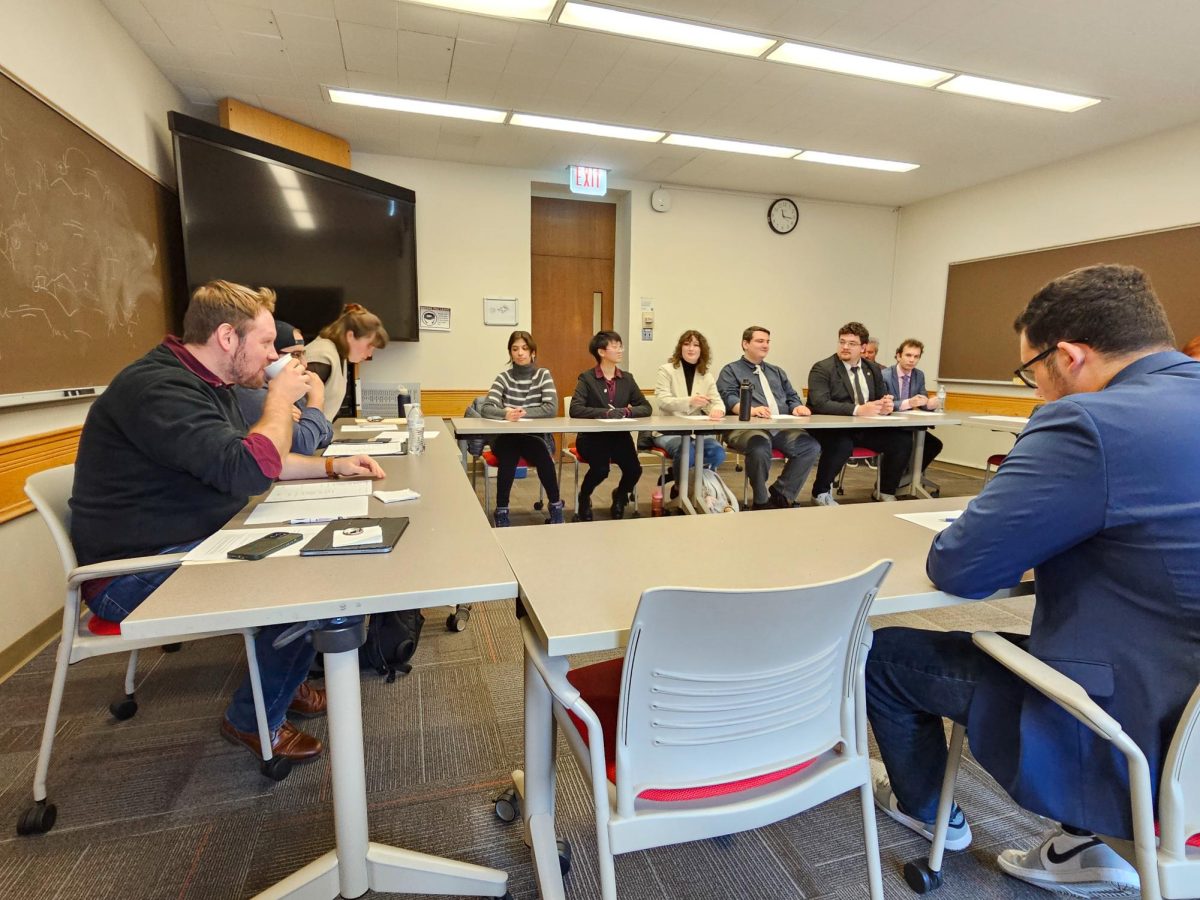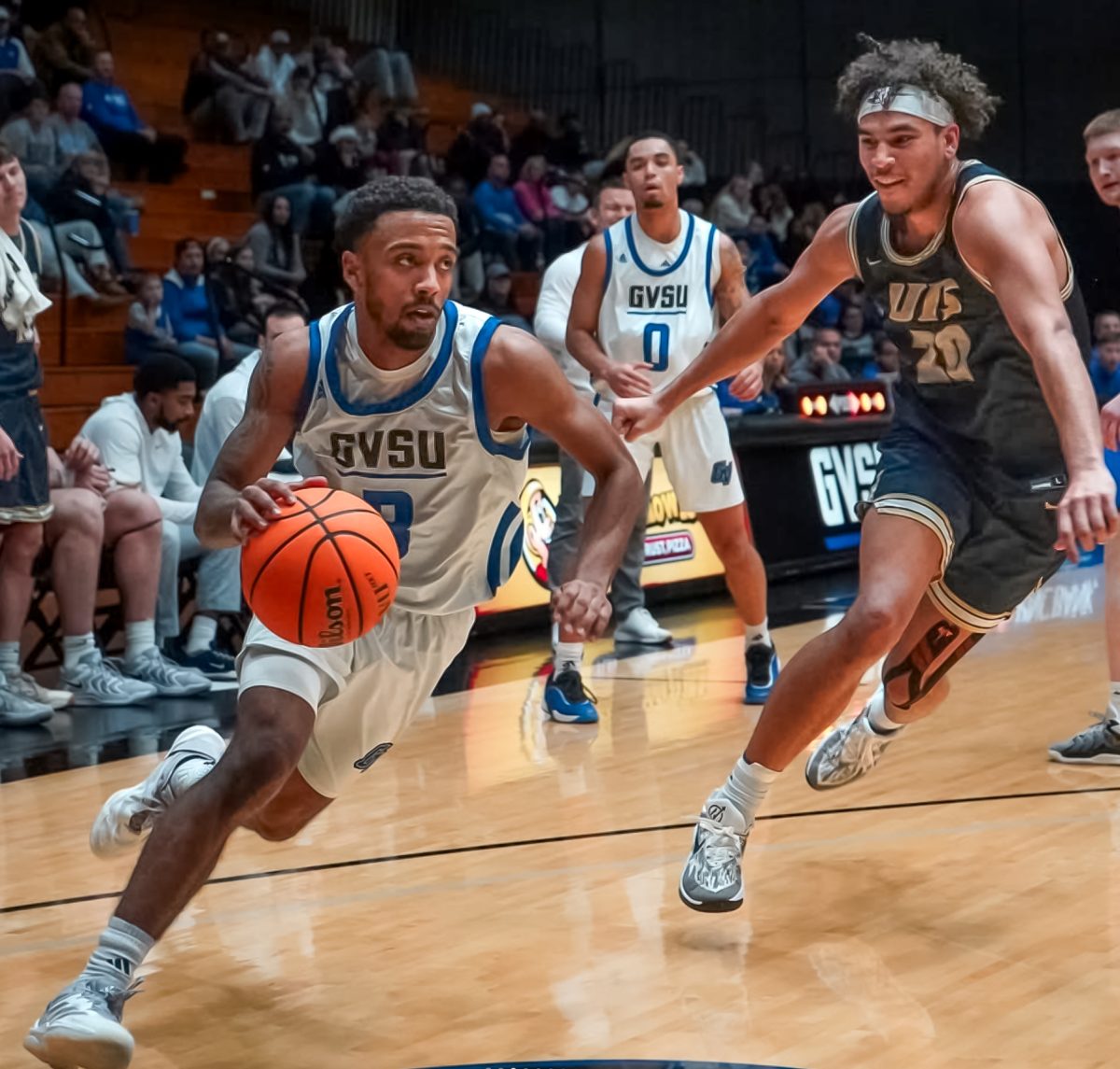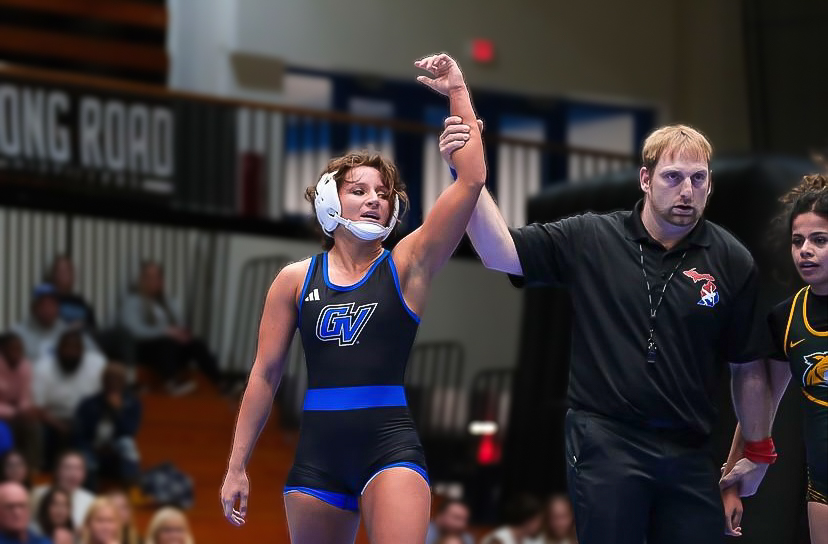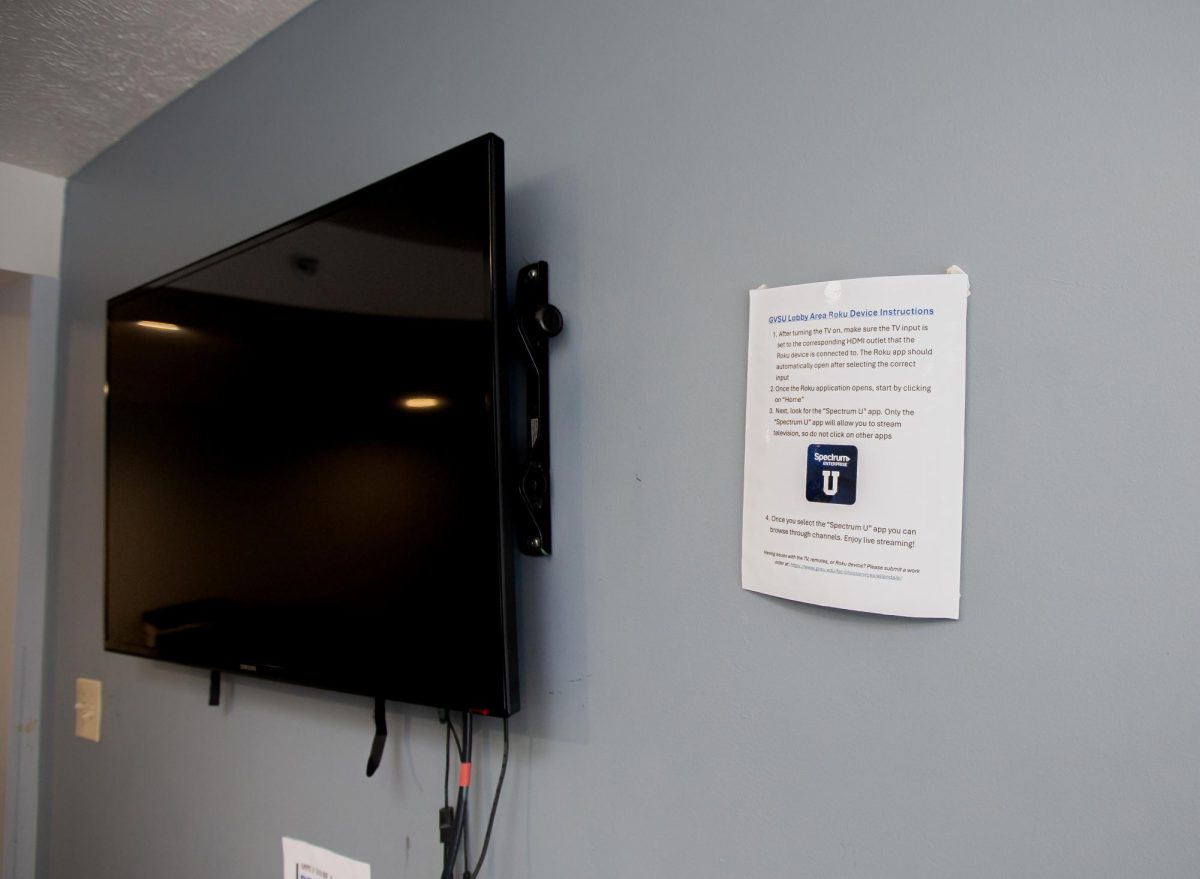Lower Grand River dredging proposal is a bad idea
Jun 9, 2019
In re-reading a speech given by Luna Leopold, professor at University of California, Berkeley, entitled “Ethos, Equity and the Water Resource,” he makes the point that without a guiding principle, or ethos, for wise management, protection and preservation, the “unwritten assumption of fairness, equity, and the common good [will give] way to domination by a narrow class and special interests.” Leopold was referencing the failed expansion of Athens into Syracuse in the year 431 B.C.
I think there are lessons to be learned here in our own backyard. A specific example is a recent proposal, called the Grand River Waterway Project, to dredge a 50-foot-wide, 7-foot-deep, 22.5-mile-long corridor down the middle of the Lower Grand River that would extend from Bass River State Recreation Area near Eastmanville, past our Allendale campus where the GVSU rowing team practices, to the Fulton Street Bridge in Grand Rapids. There are some proposed economic benefits to this activity, including the potential for larger power boats to motor up and down the river. But, like Leopold cautions, this activity would benefit relatively few, while the negative consequences would be felt by many.
As a scientist trained in stream and river ecology, I can unequivocally state that dredging such a large portion of a river is going to have significant negative impacts on fish and wildlife, and the ecosystem services that intact, healthy, rivers provide. These services include nutrient processing, water filtration and cleaning, and the maintenance of a diverse food web, from microbes and aquatic insect on up to freshwater mussels, fish and waterfowl. In addition, the portion of the river proposed for dredging is already open to smaller watercraft, including significant use by canoers, kayakers and others.
Rivers are dynamic, disturbance-driven ecosystems that routinely flood, shift course and patently don’t stay where we would like them to stay. This disturbance process is not only natural, but maintains biological diversity and ecosystem services. Any attempt to dredge a channel in river system becomes an epic, Sisyphean attempt that never ends.
Couple this with concerns about increased shoreline erosion including archeologically important sites such as Blendon Landing here on the GVSU campus, decreased water quality in the Lower Grand River and Lake Michigan, where our drinking water originates, and the documented presence in the river corridor of approximately 50 species listed by the state and/or federal governments as being imperiled or species of concern because of their low abundance or limited distribution, all add growing weight to the argument that this is an environmentally destructive proposal with few benefits. There is ample science to back up these concerns and I’d encourage you to view the summary of this science published by the Michigan Sea Grant.
As a professor who regularly takes students into the ravines for ecological studies and enjoys the solitude of a quiet run along the GVSU ravine trail systems, the thought of larger power boats motoring up-river represents a serious aesthetic affront. We need quiet spaces, and the Grand River Greenway that now includes 2,400 acres and 13 miles of Grand River shoreline is one such space that is worthy of our attention and protection—e.g., a smart, forward-looking environmental ethos.
If you would like to find more information about this proposal, connect with “Friends of the Lower Grand River” by email at [email protected], which is a grassroots coalition of concerned citizens, paddling enthusiasts, anglers, property owners, government officials, parks supporters, university professors, environmental protection organizations, business owners, and taxpayers.
Eric Snyder
Professor – Biology
Citations:
Leopold, L.B., 1990. Ethos, Equity, and the Water Resource: The 1990 Abel Wolman Distinguished Lecture. Environment: Science and Policy for Sustainable Development, 32(2), pp.16-42.




